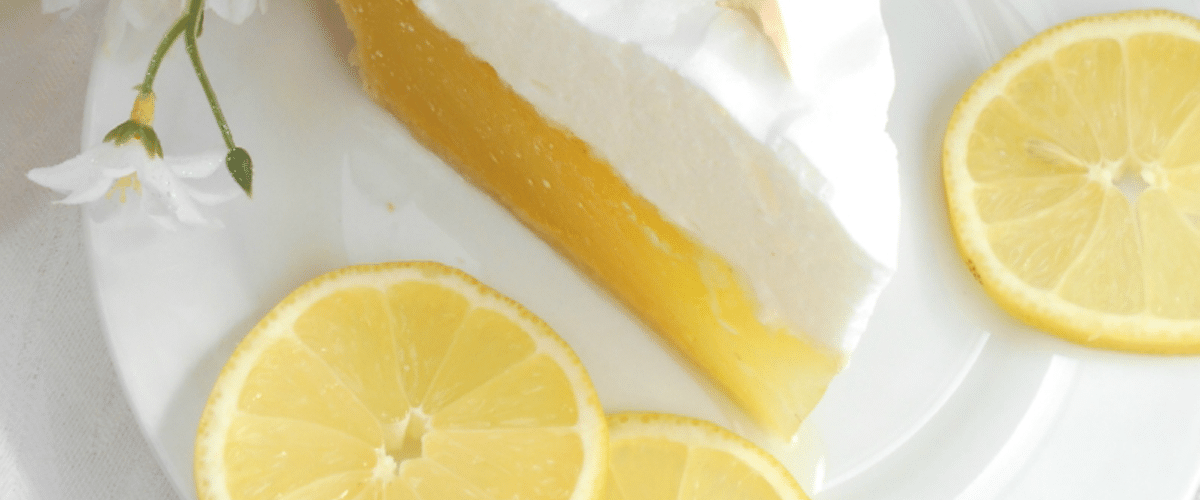Lemon Meringue Pie
Lemon meringue pie is one of those things that achieving perfection on seems to elude so many home cooks. I’m not afraid to admit that it’s something I tried once a few years ago. It was a complete disaster, with a meringue that was goopy and a filling that was so runny it looked like cream of lemon soup. I didn’t know what went wrong and it was no longer something I wanted to deal with. “Leave it to the experts,” I said. Until now, when I had the perfecting-of-lemon-meringue-pie fire reignited.

I did a lot of research before I attempted another pie. I didn’t want another failure. There’s much more to lemon meringue pie than I thought. Chemistry. Weather. Time. You need a firm, stable lemon filling. Too much lemon juice (the acid, really) and the corn starch won’t be able to hold as much moisture, resulting in a pool in the bottom of your pie pan. The corn starch is picky when it comes to heat. If cooked too long, the little starch molecules will essentially implode and release all the moisture they were holding on to.
Now let’s talk meringue. A big problem with meringue is its tendency to weep and break down, no longer holding its shape. A well made meringue will definitely make for a higher success rate. But aside from that, is there anything else that can be done? The method for applying the meringue seems a little bit controversial and probably is mostly a matter of what works for each individual.
Some swear by putting the meringue onto a piping hot filling. It makes sense. The heat from the filling will allow the bottom of the meringue to cook and firm up a little while the top browns in the oven. Others insist that the meringue should be put on a well chilled filling, then baked and served. I’m partial to the chilled filling method, but you can use whichever method works best for you.

So, here’s a real tip (or hack, if you will). Cake crumbs. A sprinkling of cake crumbs (or vanilla wafer crumbs or even graham cracker or bread crumbs if you have to) on top of the filling before you put the meringue on will help absorb some of the moisture between the filling and meringue will help to ensure a dry seal. You won’t even notice the crumbs. But it sure will help keep that meringue on top. Keep in mind that this won’t work the same if you use the hot filling method. This is just for the chilled filling method.
One more thing: Time. It doesn’t matter how perfectly your pie turn out. If you let it sit for too long, it will weep and become a puddle of lemon cream soup. Meringue pies are best eaten within a day of being made. This isn’t something you can make ahead of time. You can do the chilled filling method if you do need to make it in advance. When it’s time to serve the pie, whip up the meringue, bake it, and serve.
Okay, so now for the recipe.
[yumprint-recipe id=’58’]












Leave a Reply